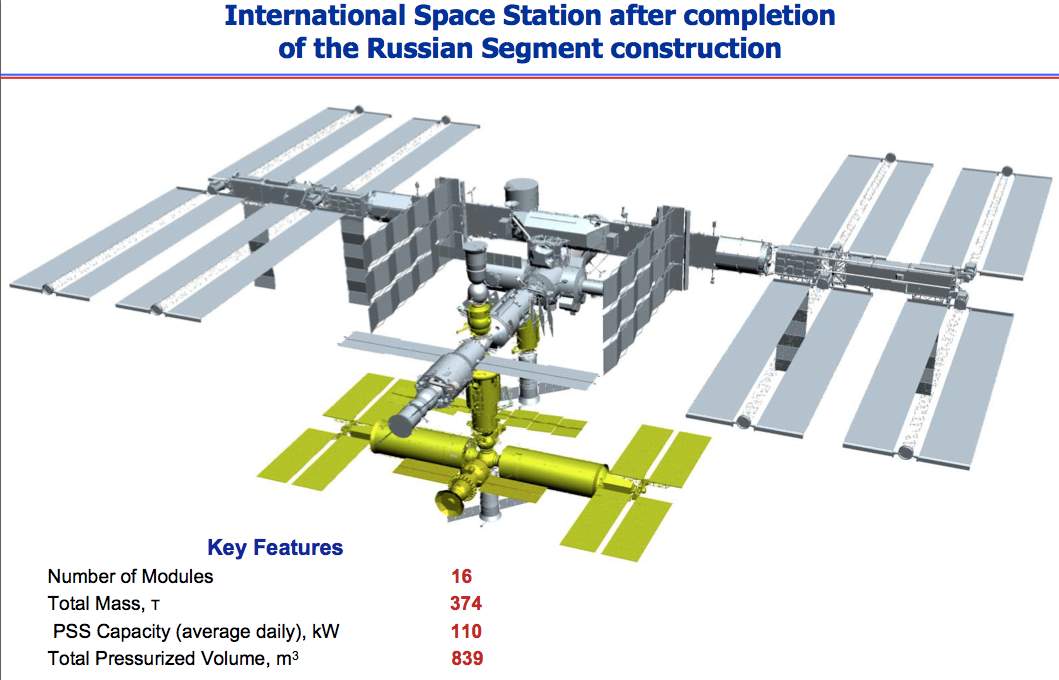Another rant...
About the US government manned space program... it looks pretty undead to me.
What exactly does that mean...?

If you ask me, the US space program in general is in jeopardy, and it's been that way for a while. Nevermind that budget, which we can't do anything about, but the main problem today is that our domestic space program lacks "diversity". Of course, I'm referring to the ULA launch monopoly.
Now, I don't fully support SpaceX's lawsuit against ULA, but they were pretty clever with their claim that the Atlas V's RD-180 might violate sanctions placed of Russia. The AV was the biggest threat against their Falcon 9 (forget the DIV, too expensive and not cost competitive). Only the AV is classed for carrying critical payloads for NASA, and I think everyone will agree that it is the US' workhorse launcher.
Precisely why SNC and Boeing put their Dream Chaser and CST-100 on it, respectively. Unfortunately, both of those crew vehicles (our main hope for LEO availability besides Soyuz) will be looking for a new ride if AV goes. CST-100 might survive on a DIV, since it has a plug-and-play architecture. Dream Chaser, probably not so much.
SpaceX, on the other hand, has a "established" rocket and a capsule spacecraft, both of which are cheap. While the current F9 can't lift a lot and isn't much of a threat to ULA's continued operations since it has a very limited payload capacity, the FH is a serious threat since it can lift a LOT MORE (53 mT, if I recall) and still cost a LOT LESS than a AV or DIV, even in their smallest configurations. Eliminating the AV would hurt the CCdev vehicles and possibly eliminate them as competition, but not Dragon (or Dragon 2).
SpaceX's main advantage over ULA (if some call it that) is that most of what they make is in-house, and because they are willing to innovate. ULA's main advantage is the fact that they currently maintain a monopoly ad because they use "reliable" heritage vehicles and components.
The US space program as a whole needs to innovate, that much is clear.
And there is still a raft of F1's sitting in storage since the Apollo days. Might as well use them for something cool.
Rocketry isn't a plug-and-play thing, except with OTRAG(?) and CST-100. You can't just stick a rocket engine onto a rocket and call it a day (now that I think about it, the Russians have been doing this with some "seriousness"). It's not as simple as replacing RD-180 with a F-1, since each rocket is specifically designed for its engine. The CCB was designed specifically for a RD-10.
Also, even if you could make a AV w/ F-1 work, you have to deal with a bunch of other issues, like the F-1 different mixture ratio, its higher thrust and the resulting acceleration and loading differences, and especially its specific impulse (150 s is really low for a liquid fueled hydrocarbon engine). The main problem is the fact that we don't have a lot of F-1 to keep the AV going (it'll work as a interim engine) and the fact that we would need to restart production of a F-1 or F-1B.
Much simpler to either co-produce RD-180 or re-engine AV with a newly made domestic engine.
Just my thoughts...




